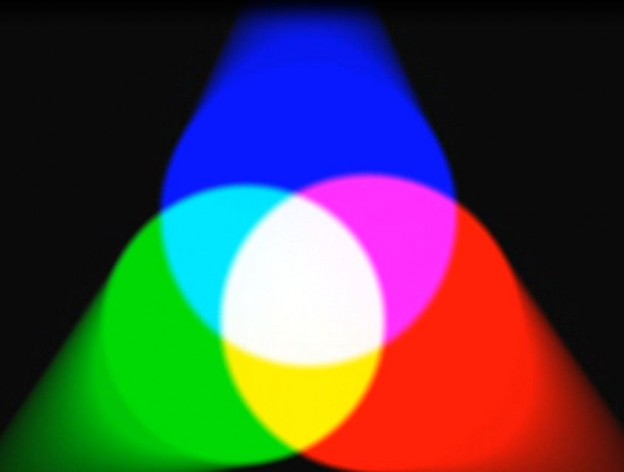In color mixing for painting, the fundamental rule is that there are three colors that cannot be made by mixing other colors together. These three, red, blue, and yellow, are known as the primary colors.
What Happens When You Mix Primary Colors?
If you mix two primaries together, you create what is called a secondary color. Mixing blue and red creates purple; red and yellow make orange; yellow and blue make green. The exact hueof the secondary color you’ve mixed depends on which red, blue, or yellow you use and the proportions in which you mix them. If you mix three primary colors together, you get a tertiary color.
What About Black and White?
Black and white can also not be made by mixing together other colors, but as they aren’t used in color mixing to create colors, they get excluded from color mixing theory. If you add white to a color you lighten it and if you add black you darken it.
Aren’t There Different Blues, Reds, and Yellows?
Yes, you can buy various different blues, reds, and yellows. For example, blues include cobalt blue, cerulean blue, ultramarine, monestial blue, and Prussian blue. Reds include alizarin crimson or cadmium red, and yellows cadmium yellow medium, cadmium yellow light, or lemon yellow. These are all primary colors, just different versions.
Which Specific Primary Colors Should You Use?
It’s not a question of there being a right or wrong primary to use, but rather that each blue, red, and yellow is different, and produces a different result when mixed. Each pair of primaries will produce something different, sometimes only subtly different.
Get Started with the Color Theory Triangle
Print out Color Mixing Triangle Worksheet and paint it in. It’s color mixing at its most basic, the first step on an journey with color.

Leave a Reply
You must be logged in to post a comment.